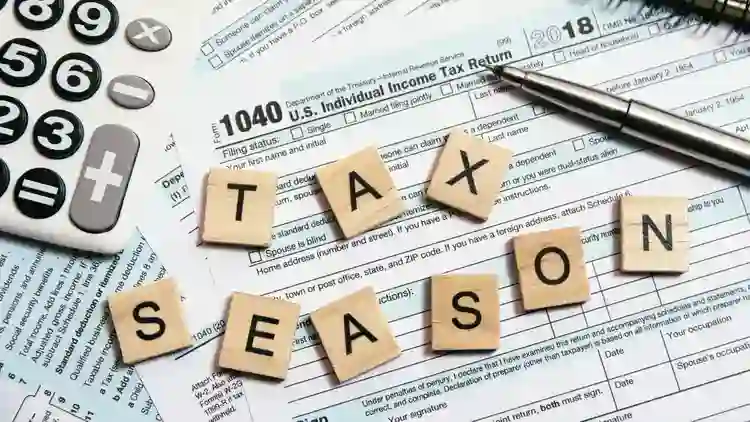The tax season officially kicked off for individual filers on January 23rd, and the deadline for most filers is April 18th. The Internal Revenue Service (IRS) expects to begin the filing season stronger, but improvements in taxpayer service may take time as the agency hires and trains more workers, according to the official website of IRS on January 12, 2023.

Tax season has just kicked off. Are you all set? (Photo: Getty Images)
Typically, if you’ve filed an accurate, electronic return with direct deposit for the payment, you will receive a refund within 21 days, according to the IRS. However, paper filings and errors may extend the timeline. You can use the refund portal provided by the agency to check on the status of your refund.
If you’re claiming the earned income tax credit, a tax break for low- to moderate-income workers, or the additional child tax credit, the timeline changes. The IRS can’t begin issuing these refunds before mid-February, but you should receive the funds by February 28th if there are no issues with your return.
On a published report by CNBC on January 24, 2023, Certified Public Accountant Sheneya Wilson and Certified Financial Planner Marianela Collado advise taxpayers to begin the tax-filing process by conducting a full audit of their financial year, including identifying all sources of income, major expenses, and life changes that may affect their filing. They also stress the importance of accuracy over speed when filing taxes and the IRS advises to wait until all necessary information is gathered before filing a return.
It’s Important to double-check details entered on tax forms and review the return for accuracy, including personal information, to avoid delays in refund processing.




![Tyson Foods Plant [Photo: Food Manufacturing]](https://southarkansassun.com/wp-content/uploads/2023/08/iStock_1185520857__1_.5e441daa51cca-600x337.jpg)








![Silverado Senior Living Management Inc. [Photo: Los Angeles Times]](https://southarkansassun.com/wp-content/uploads/2023/10/download-6-4-600x337.jpg)

![China's Wuhan Institute of Virology [Photo: Nature]](https://southarkansassun.com/wp-content/uploads/2023/09/d41586-021-01529-3_19239608-600x337.jpg)















